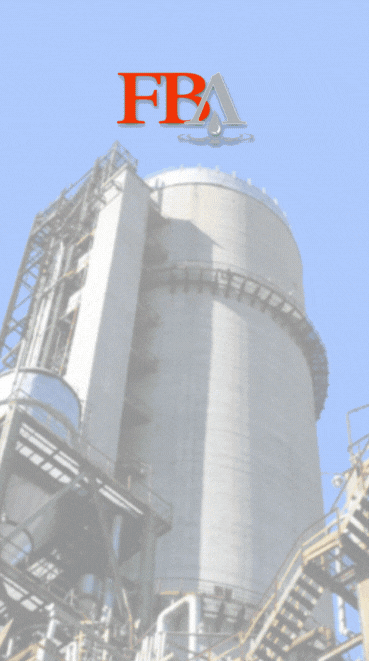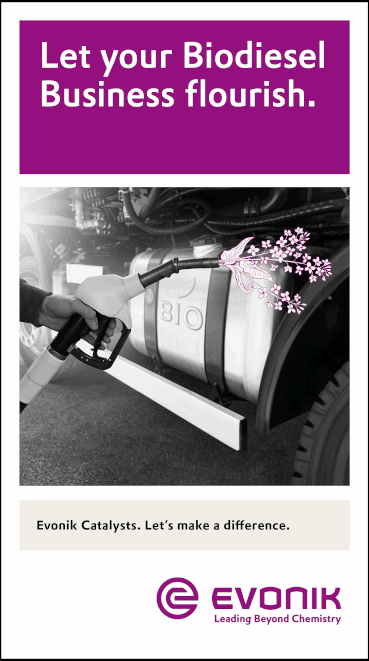Caphenia, Emerging Fuels Technology to integrate technologies for SAF, renewable diesel production
- Caphenia GmbH
- May 21, 2024
- 2 min read

To capitalize on the fast-growing demand for sustainable aviation fuel (SAF), Caphenia GmbH, a pioneer in the development of sustainable synthesis-gas technologies, and U.S.-based Emerging Fuels Technology Inc., announced they have signed a memorandum of understanding (MOU) to integrate their technologies for the production of SAF and renewable diesel.
This cooperation will optimize Caphenia’s Plasma Boudouard Reactor (PBR) technology with EFT’s Fischer Tropsch and upgrading technology platform to improve the efficiency and scalability of SAF production.
The MOU also provides for Caphenia to acquire license rights to combine its sygas technology with EFT’s technology platform for multiple projects.
Caphenia, based in Bernau am Chiemsee, Germany, specializes in the conversion of biomethane (CH4) and CO2 into high-quality synthesis gas, which serves as the basis for the production of hydrogen and renewable liquid fuels, especially SAF.
Its PBR technology enables the efficient transformation of methane and CO2 into syngas, which is then converted into liquid fuels using EFT’s advanced Fischer-Tropsch and upgrading technology.
Caphenia said EFT’s technology platform complements Caphenia’s strategic direction and enables efficient production of SAF and renewable diesel on a very large scale.
“This agreement marks a significant step in our mission to make aviation more sustainable,” said Mark Misselhorn, CEO of Caphenia. “The integration of EFT’s highly regarded catalyst and reactor technologies will accelerate market entry for SAF and renewable diesel, providing a rapidly scalable alternative to established SAF technologies.”
Kenneth Agee, president of EFT, emphasized the strategic importance of this agreement.
“Our MOU reflects our shared commitment to developing efficient, globally scalable sustainable fuel solutions that will significantly contribute to supplying the global demand for SAF for airlines worldwide,” Agee said.
Caphenia has developed the power-and-biogas-to-liquid (PBtL) reactor, which requires significantly less electricity than conventional processes and enables a CO2 reduction of up to 92 percent.
The selectively controllable Caphenia three-in-one zone reactor and the unique plasma process break down biomethane into its components carbon and hydrogen.
By adding carbon dioxide and water this technology produces a synthesis gas that can be processed into renewable fuels and other chemical products without any byproducts and minimal energy loss, according to Caphenia.
The reactors are designed for scalability and make it possible to produce large quantities quickly, the company said, adding that this technology offers a competitive and sustainable alternative for reducing greenhouse-gas emissions in the transportation sector.


































